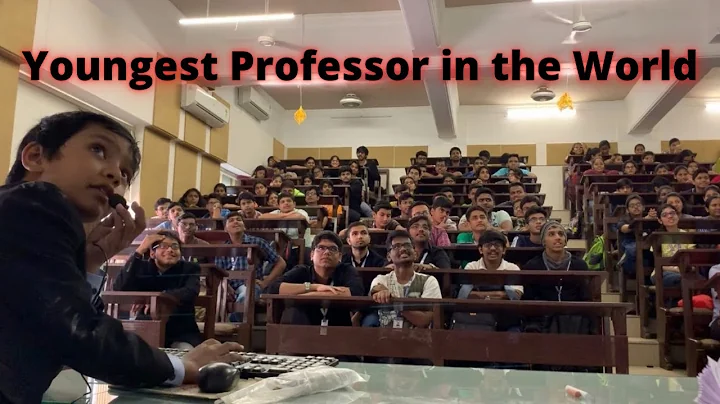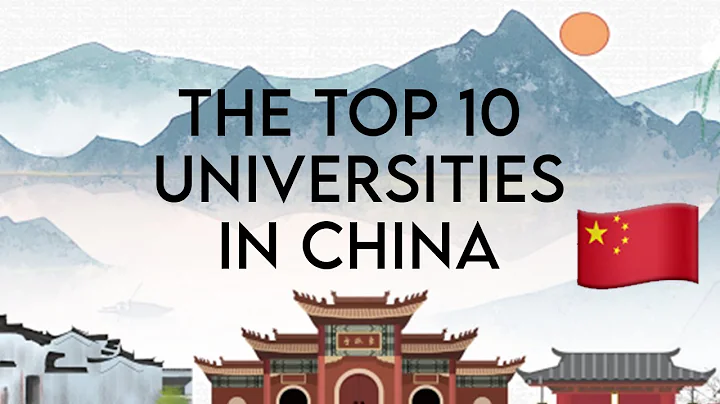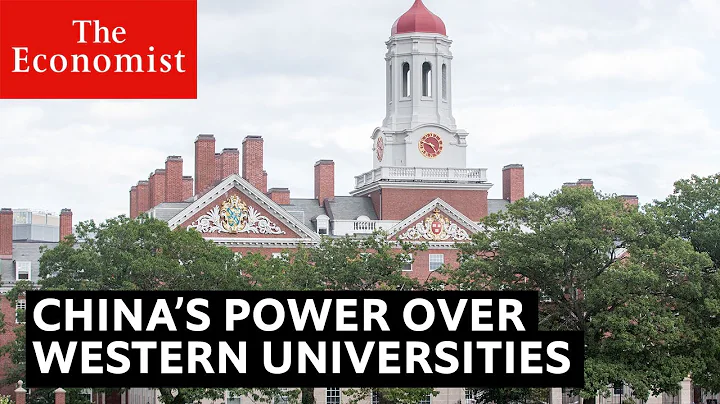"Where will you go after graduation?"
Every year during the graduation season, this commonplace topic will be brought up. Different from previous years, the number of recent college graduates this year has exceeded 10 million for the first time, and it is also known as the "most difficult graduation season" by the outside world.
For cities, more than 10 million talents are undoubtedly the object of competition. In June this year, Fuzhou, Wuhan, Hefei, Nanning and other places launched policies to retain and recruit talents for fresh graduates. In addition to the liberalization of settlement and preferential policies for renting and purchasing houses, a certain proportion of positions are open to fresh graduates.
In addition to head cities such as "Beijing, Shanghai, Guangzhou and Shenzhen", staying in the city where they graduated has become the choice of more and more talents. The "2022 Fresh College Graduates Employment Data Report" released by
Liepin Big Data Research Institute shows that from a regional perspective, first-tier cities are still the largest recruiters of fresh graduates. However, it is worth noting that fresh graduates no longer cluster in first-tier cities in terms of their willingness to find jobs, and the results of talent retention in the Yangtze River Delta and Chengdu-Chongqing urban agglomerations are evident. Among them, fresh graduates who graduated from Shanghai universities have the highest job search rate in Shanghai, which is 85.86%. Hangzhou, Chongqing, and Chengdu ranked second to fourth, with 75.38%, 72.23%, and 71.07%, all higher than the three first-tier cities of Shenzhen, Guangzhou, and Beijing.
seizes local college students, which seems to provide a new idea for the "city robbing war".

Data chart According to Vision China
The employment focus of fresh graduates has dropped
The attractiveness of new first-tier cities has significantly increased
"I am a 985-year-old master, and I have received talent introduction from Wuxi and Nanchang . Which city do you think will be better? "
Starting from April, Wang Ming (pseudonym) received letters from fans backstage, and there were suddenly more "help posts" like this one.
Wang Ming’s account specializes in exam preparation consulting, and many fans ask him for advice on city choices after graduation. He found that among the future options of many graduates, second- and third-tier cities began to be mentioned many times. The "2022 China Undergraduate Employment Report" released by
Max Research Institute mentioned a pattern in the past five years: The focus of employment for fresh undergraduates is sinking, gradually shifting from big cities to prefecture-level cities and below, to middle-level cities. The development of the western region reflects the changes in college students’ outlook on career choices.
Looking at cities, the proportion of undergraduates working in prefecture-level cities and below in the central and western regions (31%, 33%, and 34% for the 2019-2021 cohort, respectively) is higher than that in the east (21%, 21%, and 34% for the 2019-2021 cohort, respectively). 23%, 22%), and continues to rise. The employment focus of college students has shifted to small and medium-sized cities and central and western regions.
data shows that the proportion of employment in new first-tier cities has steadily increased. The proportion of undergraduates in 2021 who are employed in new first-tier cities (27%) has increased by 3 percentage points compared with the 2017 class (24%). Looking at cities specifically, the inflow of graduates from other provinces in Hangzhou, Suzhou , and Chengdu has increased significantly. Among them, the proportion of undergraduates from foreign provinces who find employment in Chengdu has increased by 9 percentage points. The report points out that the industrial structure, employment ecology, urban environment, public services, etc. of new first-tier cities are constantly improving and will continue to attract college graduates to find jobs. In May this year, data from the Chengdu Survey Team of the National Bureau of Statistics showed that 59.7% of graduates chose to stay in Chengdu for employment/entrepreneurship.

"2022 China Undergraduate Employment Report"
At the same time, the proportion of employment of undergraduate graduates in second-tier cities in 2021 is 20%, which is higher than that in 2019 (18%), indicating that the attractiveness of second-tier cities is also increasing.
Staying in the city where you graduated is also an option. A college student who graduated from Dongguan told Red Star Capital Bureau that many of his classmates stayed in Dongguan to work. In his opinion, Dongguan is a city that can be entered and retreated. "The city has a good location, and there are two of the four first-tier cities." It’s nearby, so it’s convenient whether you stay for development or go to other cities.”
Convenience for employment is another advantage. He mentioned that the school has many school-enterprise cooperation projects, and internships are with local companies in Dongguan, so there is not much employment pressure, and you can find a job directly after graduation.
The future development of cities depends on attracting more young talents. This has become the consensus of many cities in China. This is also the main reason why the intensity of "robbing people" has continued to rise in various places in recent years.The sinking of talents is undoubtedly good news for second- and third-tier cities.
Many places have introduced relevant policies in advance
to retain local graduates
Since the graduation season this year, in order to compete for more than 10 million graduates, many cities have also launched various preferential policies.
Take Wuhan as an example. At the beginning of this year, it proposed the goal of “retaining another 300,000 graduates” and at the same time raised 100,000 “high-paying and excellent jobs”. Among the measures launched by Wuhan in June, it was proposed that rents should be paid at no more than 70% of the market rent, and that no less than 60% of new positions in the city's state-owned enterprises should be used to recruit fresh college graduates.
In fact, Wuhan’s plan to retain college students has been launched since 2017. At that time, Wuhan proposed the "Million College Students Studying in Wuhan to Start Entrepreneurship and Employment Plan", and later made it clear that during the "14th Five-Year Plan" period, 300,000 college students would be retained every year, and 1.5 million college students would be retained in five years.
Anhui has also implemented the "College Students Remaining in Anhui Project" for many years. In order to attract more graduates to stay in Anhui, the government even acted as a "matchmaker" - last year, Anhui also mentioned marriage support for college students in the Retaining Anhui Project. It aims to "retain people with emotion, warm people with emotion, and gather people with emotion". This year, Anhui has refined the "Nine Points for Building Jianghuai Dreams", covering aspects such as employment channels, housing security, and the connection between supply and demand.
The Red Star Capital Bureau found out that many of the policies introduced in various places include exemptions and reductions on rent, and there are also ruthless measures to directly "spread money".
For example, in June Fuzhou City, Fujian Province promised that full-time college graduates from other places who intend to find jobs, start businesses, and intern or train in Fuzhou within three years of graduation (including the year of graduation) can apply for free accommodation for up to one year. . Only available once per person. This is equivalent to "covering it for a year." The effect of
is also quite significant. According to China News Service , in the two days since the policy was announced, Fuzhou High-tech Zone 's guaranteed housing has been sold out.
Nanning’s policy this year proposes to directly provide living subsidies, which are 50,000 yuan per year for doctoral students, up to 250,000 yuan, 20,000 yuan per year, up to 100,000 yuan for full-time master’s students, and 10,000 yuan for full-time undergraduate students. standards. Xiamen also proposed that full-time college graduates employed in Xiamen can settle in Xiamen and be provided with living subsidies of up to 80,000 yuan in different levels.
In February this year, Zhejiang proposed that college students can get loans of 100,000-500,000 to start their own businesses, which attracted attention from the outside world. The Red Star Capital Bureau found that in addition to rental discounts, talent retention policies in many places mentioned encouraging "college students to start their own businesses".
For example, college graduates who start a business in Anhui can apply for a guaranteed entrepreneurial loan of up to 500,000 yuan, with a term of up to 3 years; in Guangdong, individuals can apply for a guaranteed entrepreneurial loan of up to 300,000 yuan; Shaanxi, Hunan, and Hubei have also launched their own policies to support college student entrepreneurship. New Deal.
Sun Wenhua, dean of the Shanghai Branch of the Planning Institute of Nanjing Agricultural University, told Red Star Capital Bureau that in attracting college graduates, it is necessary to give young people an atmosphere of "youthful vitality". "Retaining college students will increase the city's new force. Local governments We can give them more entrepreneurial support.”
City pk:
Big education cities are experiencing brain drain, and big economic cities are rushing to build colleges and universities
If college graduates represent talent dividends, then does having more colleges and universities in a city mean that there is a competition for talents? Can you take advantage of it? The answer is not so.
China Unicom Smart Footprint analyzed the flow of fresh graduates in recent years through samples of graduates from 2,456 universities across the country last year.
Looking at the residency rate of graduates from 36 key cities, Shenzhen has the strongest overall attractiveness. Both key colleges and non-key colleges rank the highest, with an average residency rate of 75%.
Among the “Beijing, Shanghai, Guangzhou and Shenzhen” cities, Guangzhou has the lowest residence rate at 60.7%. Many graduates from Guangzhou are attracted by nearby Shenzhen. Shenzhen has gradually established a leading position in the competition for fresh graduates.

Residence rate ranking of graduates in 36 key cities across the country
Although Shenzhen is the "harvester of Chinese college students", its own university resources are not rich.
According to the 2021 data from the provincial and municipal statistical bureaus, the top five universities by number of general universities are Beijing, Wuhan, Guangzhou, Chongqing, and Zhengzhou; the bottom three are Ningbo , Qingdao , and Shenzhen, which are located in the Yangtze River Delta. Suzhou, the strongest prefecture-level city, ranked tenth from the bottom.
Wuhan, which ranks second in the country in terms of number of undergraduate colleges, fell out of the top 15 in the above-mentioned residence rate rankings. This also shows that there is no direct proportional relationship between a city's "possessing graduates" and "retaining graduates".
In 2017, Wuhan launched the “Millions of College Students Studying in Wuhan Plan” and established a “Talent Recruitment Bureau” in the same year, taking the lead in launching the “War for Talents”. According to Zhaopin Recruitment data, Wuhan’s net talent inflow ratio turned from negative to positive in 2017. In the past three years, the data has been 0.1%, 0.2%, and 0.5%, showing an upward trend.
Big education cities are frantically retaining people. On the other hand, economically strong cities have also begun to "rush to build universities" in an attempt to cultivate local talents themselves in addition to competing for national talents.
The director of Shenzhen Municipal Education Bureau once revealed that in 2020, Shenzhen's higher education investment budget will exceed 20 billion yuan, and the scale of investment is second only to Beijing and Shanghai. During the "Thirteenth Five-Year Plan" period, Shenzhen built 5 universities and also proposed to strive to have about 20 universities in the city by 2025.
Suzhou’s layout in higher education has also accelerated. In the past two years alone, 11 universities (including campuses) have signed contracts and are under construction in Suzhou.
There is a strong correlation between university construction and urban development to some extent. "The advantageous majors of universities can contribute to local economic development, and the students of local universities are also the main force of urban development. Therefore, improving the teaching quality and education level of local universities will also help retain talents in the city where the university is located." Yang Ge, associate researcher at the Institute of Population and Labor Economics, Chinese Academy of Social Sciences, told Red Star Capital Bureau.
Cities "grabbing people " change of thinking:
From real money to industrial advantages
"Retaining local graduates has indeed become a focus of recruiting talents in many cities." Yang Ge told the Red Star Capital Bureau that this is related to this year's employment The general environment is not unrelated. "The employment situation this year is quite severe, so for college graduates, various places have focused on this year."
Since this year, the National Development and Reform Commission has pointed out many times that promoting the employment of college graduates should be the top priority of this year's employment work. Employment-promoting policies favor college graduates. The Ministry of Education also requires colleges and universities in various places to do everything possible to promote the employment of college graduates.
Yang Ge said that judging from past experience, cities mainly focus on four aspects in retaining college graduates: cash subsidies, direct settlement, housing discounts and entrepreneurial funds. "From the actual effect, it can still play a certain role. However, many opinions in the industry still believe that 's 'real money' alone is far from enough. "
58 city "2021 College Graduates Employment Report" shows that 61 % of graduates change their working city because of job opportunities. Regardless of whether they choose first-tier cities or non-first-tier cities, "employment opportunities" are still the most important factor for graduates.
If "real money" is only a one-sided means, then what is the city's core competitiveness in retaining graduates? Yang Ge mentioned the industrial advantages, "Cities have key industries, key fields, and key industries. Policies to attract talents should be formulated around these, and the talent recruitment will be more targeted."
Grab talents based on industrial advantages, which will attract graduates from various places this year Some of them can also be seen in the measures taken by students. For example, in Wuhan, this year's industrial layout system proposes: nine pillar industries, six emerging industries, and five future industries.
The scope of the 100,000 positions Wuhan has raised for graduates this year has been clearly defined - around the fields of "optical core screen terminal network", network security, digital creativity, artificial intelligence and other fields. Among them, the new generation information technology of "optical core screen terminal network" is one of Wuhan's "nine pillar industries". Cybersecurity, digital creativity, and artificial intelligence rank three of Wuhan’s “six emerging industries.”
Let’s look at the “Public Bidding Announcement for the First Package of the Double Thousand Training Project for College Graduates” recently released by Hefei. It will cost 5 million to train 500 college graduates in majors related to the industrial Internet and digital economy . The training direction is based on the development needs of Hefei's strategic emerging industrial chain, industrial Internet, and digital economy.
In addition, Yang Ge also mentioned the construction of platform. "For example, National Key Laboratory , or provincial scientific research teams, or entrepreneurial incubation bases, etc., attracting college graduates through these platforms is also an important measure to retain talents. If there is not enough space for talents to display, it will be difficult Keep.”
Red Star News reporter Wang Tian
editor Yu Dongmei
(Download Red Star News, and you will be rewarded for reporting!)






















